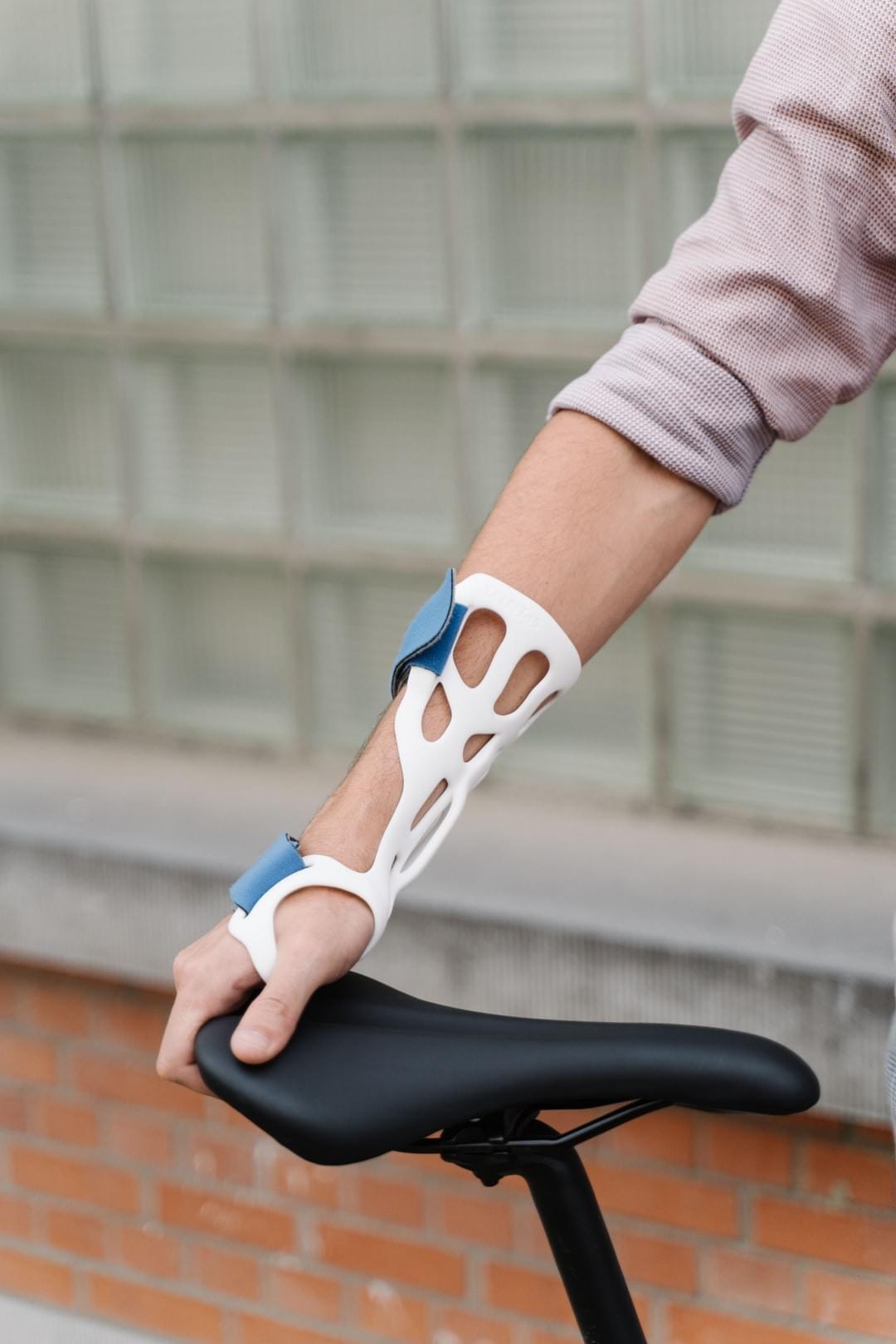
Prosthetics and orthotics are an expanding and dynamic allied health care profession. Orthotics involves the application of artificial limbs (metatarsal limbs) to improve the mobility and function of patients with limb deformity caused by a variety of conditions, including congenital, traumatic, aging, or diabetic influences. The prosthesis has to be a biomechanically unique combination of suitable materials, structure, design, and engineering to fit the patient's functional requirements.
Patients generally receive orthosis or Philadelphia prosthetics from one of three sources: Body Systems Inc., podiatrist approved or manufacturer-approved providers. The majority of orthotics and prosthetics are fabricated in a surgical facility, although some can be obtained through a variety of means at home. Some devices are available for home fabrication as well. The vast majority of orthotics and prosthetics are not considered cosmetic products.
The two most common types of therapeutic prosthesis are internal and external. Internal prosthetics are typically made of customized and specially-manufactured components that form parts of a single artificial limb. These components include bones, ligaments, tendons, and other connective tissues. The ligaments connect the bones and help maintain a stable weight bearing posture. Tendons are strong and allow for the proper functioning of joints. Get more facts about prosthetics at https://en.wikipedia.org/wiki/Prosthetist.
External prosthetic limbs include crutches, wheelchairs, walking aids, cast legs, artificial hands, and crutches/wheelchairs. These components are typically designed for extended usage in the home environment, or in the office, and can be purchased commercially, or for use by patients who have undergone in-home treatment. Most often, the patient will make the decision to wear an orthotic for extended periods of time.
How do I get started with my cranial helmet for babies therapy program? You will need to contact your school and explain your needs so that you can be matched up with an orthotic specialist that is able to give you the best advice regarding your unique case. Generally, this involves scheduling an initial consultation appointment, going in for a physical exam, x-rays, and then either receiving a prescription or signing a certification card. If you require custom made prosthetics and orthotics, your program will also require that you meet other requirements, including enrollment in classes and meeting a specific amount of time. Once you complete your degree program, you will generally be able to change your course designation to a BSN (bachelor of science degree) in a related field and gain admission to an on-campus clinical practice facility.
Who are eligible for prosthetics and orthotics? The list of people who could benefit from lower extremity orthopedic treatment includes post-surgery patients, amputees, patients suffering from partial or total spinal cord injuries, people with diabetes, as well as patients who have experienced bone malformation. There is no age limit for enrolling in orthotics and prosthetics. What is the cost? The price for a couple weeks' worth of dental appointments, laboratory work, x-rays, prescriptions, and custom fitting appointments can add up to thousands of dollars. Depending on the severity of your injury or problem, you may also be covered by Medicare.
